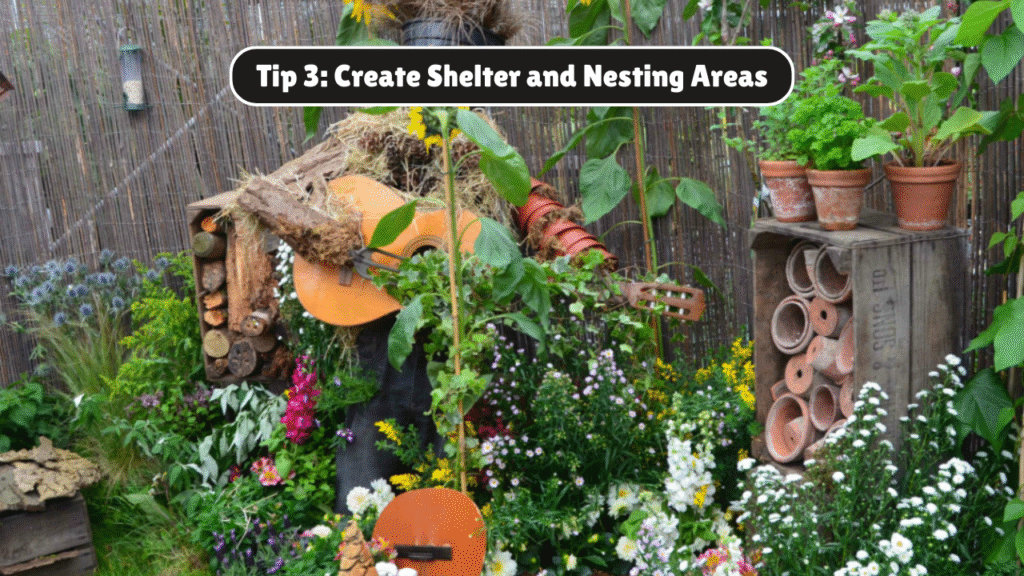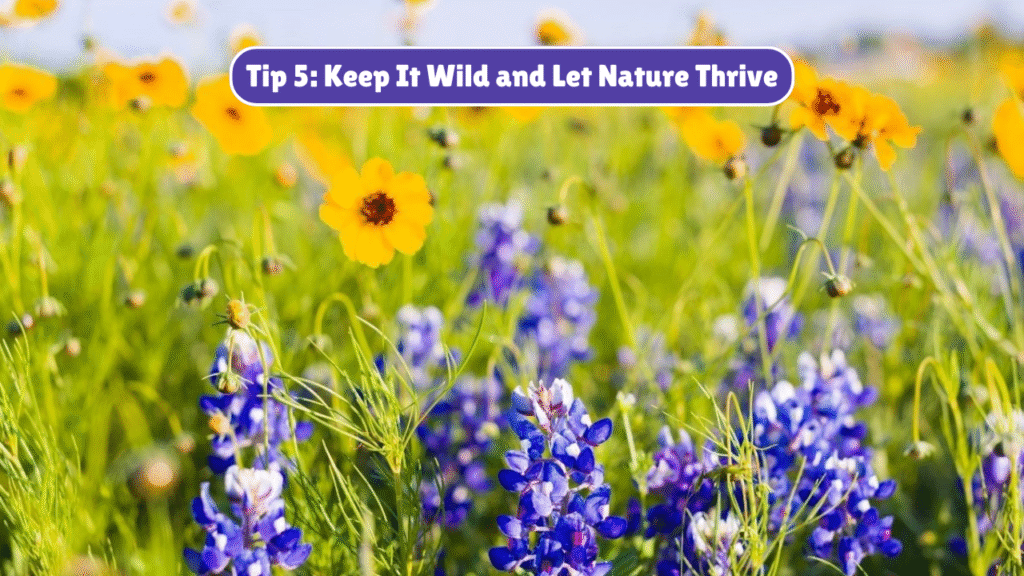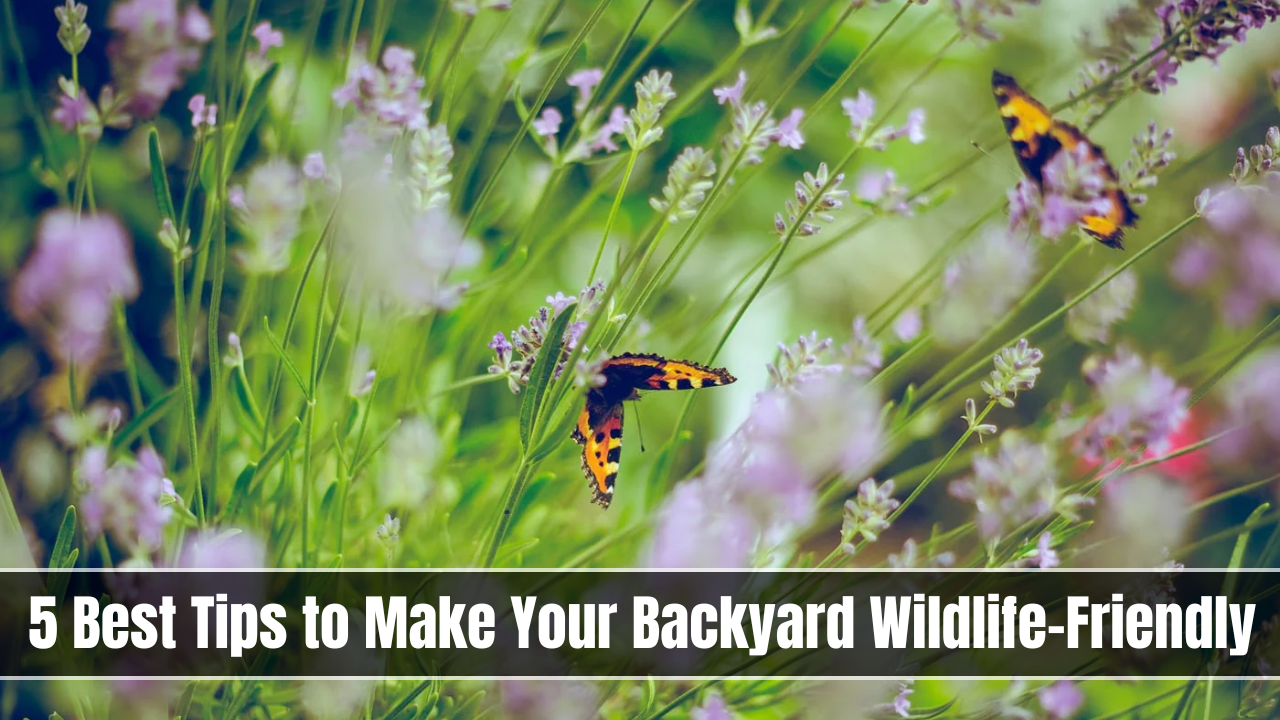Introduction
Creating a wildlife-friendly backyard is one of the most impactful actions individuals can take to support local biodiversity and the health of our ecosystems. As urban development spreads and natural habitats shrink, gardens, yards, and small green spaces play a crucial role in offering refuge to birds, pollinators, small mammals, amphibians, and beneficial insects. Celebrating Earth Month 2025, this comprehensive guide explores five practical and effective ways to transform your outdoor space into a thriving sanctuary for wildlife.
Tip 1: Plant Native Species
Native plants are essential for attracting and sustaining wildlife. These plants have co-evolved with local species and provide the right type of shelter, food, and nesting grounds.
Key Benefits:
- Better adaptation to local climate and soil
- Require less water and fewer chemicals
- Support native insects and birds
Examples of Native Plants by Region:
| Region | Examples of Native Plants |
|---|---|
| Northeastern US | Black-eyed Susan, Red Maple, Milkweed |
| Southeastern US | Coreopsis, Longleaf Pine, Beautyberry |
| Pacific Northwest | Vine Maple, Sword Fern, Red-flowering Currant |
| Midwest | Purple Coneflower, Prairie Dropseed |
| Southwest | Desert Marigold, Agave, Mesquite |
Implementation Tips:
- Research your local native plant society
- Use a mix of trees, shrubs, and flowering plants
- Avoid invasive species
Tip 2: Provide Water Sources
Water is crucial for all forms of life. Adding clean, accessible water sources can significantly increase the biodiversity in your backyard.
Options to Include:
- Birdbaths
- Small ponds or water gardens
- Dripping or misting features
Best Practices:
- Keep water fresh and clean
- Add pebbles or shallow areas for small animals
- Avoid using chemicals nearby
Wildlife Attracted:
- Birds, butterflies, bees, frogs, and even turtles

Tip 3: Create Shelter and Nesting Areas
Providing diverse shelter options gives wildlife a safe place to hide, breed, and raise their young.
Shelter Ideas:
- Native shrubs and hedgerows
- Brush piles and log stacks
- Birdhouses, bat boxes, and bee hotels
- Stone walls or rock gardens
Benefits:
- Protects animals from predators and harsh weather
- Supports natural nesting behaviors
Bonus Tip: Use dead wood as a natural resource—it provides habitat for fungi and invertebrates.
Tip 4: Avoid Pesticides and Chemical Fertilizers
Chemicals can harm not just pests but also beneficial species, including pollinators and soil organisms.
Risks of Pesticide Use:
- Kills pollinators like bees and butterflies
- Contaminates soil and water
- Disrupts food chains
Eco-Friendly Alternatives:
- Companion planting
- Neem oil or insecticidal soap
- Compost-based fertilizers
- Manual pest removal techniques
Long-Term Benefits:
- Healthier soil and plants
- Increased natural pest control
- Higher pollination rates

Tip 5: Keep It Wild and Let Nature Thrive
Embrace a slightly untamed aesthetic in parts of your yard. A perfectly manicured lawn often does little to support wildlife.
Suggestions for Wild Spaces:
- Let a corner of the yard grow naturally
- Maintain leaf litter for ground-dwelling creatures
- Allow clover, dandelions, and wildflowers to flourish
Benefits:
- Encourages biodiversity
- Reduces maintenance and water use
- Supports multiple trophic levels in the ecosystem
Sustainability Insight: Letting nature take its course in selected areas mimics natural habitats and boosts resilience.
Table: Summary of Top 5 Wildlife-Friendly Tips
| Tip | Main Action | Primary Wildlife Benefit |
| Plant Native Species | Use local flora | Supports insects and birds |
| Provide Water Sources | Add birdbaths or ponds | Hydration and habitat for many species |
| Create Shelter & Nesting | Build brush piles or nest boxes | Breeding and safety |
| Avoid Chemicals | Use natural alternatives | Protects pollinators and soil health |
| Let It Grow Wild | Designate wild areas | Enhances overall biodiversity |
Conclusion
Designing a wildlife-friendly backyard is more than a landscaping trend—it’s a grassroots conservation movement. By making intentional choices like planting native species, reducing chemical use, and allowing parts of your yard to remain wild, you are directly contributing to the survival of local wildlife. Every birdhouse hung, pond created, or milkweed planted sends a powerful message that harmony with nature starts at home. In an age of ecological uncertainty, our backyards can become sanctuaries for resilience, biodiversity, and hope.
Whether you have a sprawling garden or a small patio, these five steps can help you make a meaningful difference. As Earth Day 2025 reminds us, big change often begins in our own backyards.
FAQs
1. Do I need a large yard to support wildlife?
No, even small spaces like balconies or patios can be wildlife-friendly with potted native plants and a water dish.
2. How do I know which plants are native to my area?
You can consult your local native plant society or use online tools like the National Wildlife Federation’s native plant finder.
3. What if pests become a problem in my natural garden?
Use organic pest control methods like companion planting, neem oil, and encouraging natural predators like birds and ladybugs.
4. Are bird feeders necessary if I plant native flora?
Not necessarily. Native plants provide natural food sources, but bird feeders can supplement nutrition during harsh seasons.
5. How can I make my backyard wildlife-friendly and still look beautiful?
Use intentional design principles like layering plants, using natural materials, and combining aesthetics with functionality to create a visually pleasing and wildlife-supportive space.


